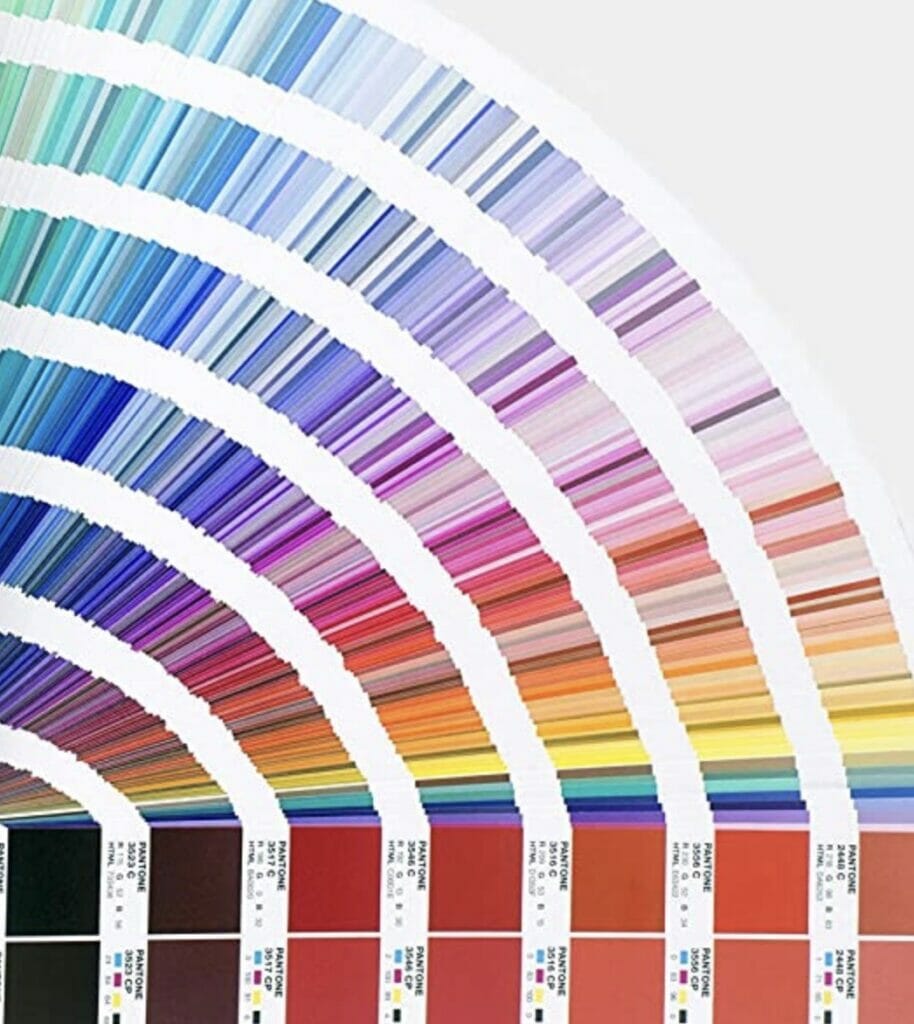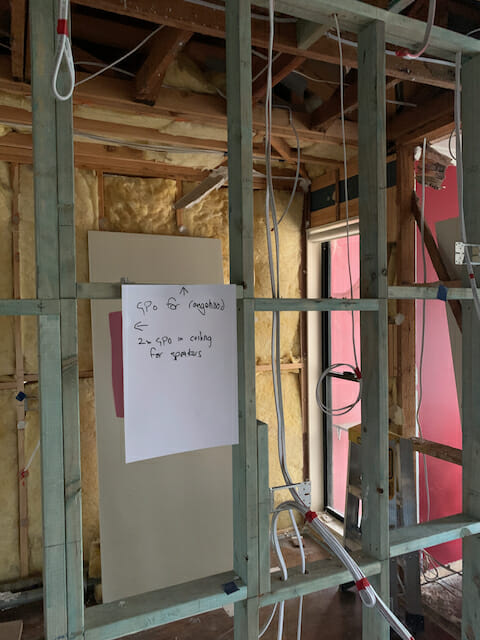The amount of decisions you need to make is astounding. This weekend we are off to select a rangehood. A few months ago when selecting our appliances we chose a rangehood. A nice Qasair. It was the right size, had easy to see controls and was relatively quiet. Perfect.
No
Now the ceiling was open and the builders could see where it was to go, we had a problem. Qasair come with solid ducting between the unit and the exhaust area above the roof. To fit the ducting in was going to require some serious ceiling modifications. Chris suggested we explore something with flexible ducting.
Thankfully during our search we had located a model with flexible ducting, but discounted it. I think our decision was based on the issue of the ducting and whether flexible ducting was more prone to tearing, damage. So off we went to do more research on the ducting and rangehoods in general. Why do we need so many types of rangehoods? Decision fatigue quickly sets in and we end up going back to an original decision, a Schweigen and explore it further.
A great brand, good reviews, German engineering and the bonus of a motor outside the kitchen altogether, so very quiet. After some research on the ducting and a visit to a local store, The Good Guys, we settled on a Schweigen.
Whilst in the Good Guys we also wandered around and looked at every other appliance. The same paradox hits us, so much choice., How many blender versions do we really need? Vacuum cleaners! And of course TVs!! We certainly live in a world where we are not constrained by choice, but sometimes this variety makes making a decision tougher.This phenomenon is known as the Paradox of Choice.

Barry Schwartz defined the paradox of choice as the fact that in western developed societies a large amount of choice is commonly associated with welfare and freedom but too much choice causes the feeling of less happiness, less satisfaction and can even lead to paralysis. The paradox of choice has been recognised as one of the major sources of mass confusion in today’s society. See more: https://www.techwell.com/2012/09/how-you-can-overcome-paradox-choice.
Notwithstanding the plethora of choices available to us we buy a new vacuum cleaner. A Dyson. The decision is easy for us, we’ve always been Dyson fans, so our choice is immediately limited. We want a cordless model. Again limiting our choice. They have four in the range. We have hardwood floors. The choice is down to two. We buy the on with more battery life. Decision made.
Overcoming the paradox of choice is tied to purchasing decisions and consumer purchasing behaviour. The Consumer Decision Processes (also known as Buyer Decision Processes) refer to the decision-making stages that a consumer undergoes before, during, and after they purchase a product or service.
Belch and Belch (p.110 2015) define consumer behaviour as ‘the processes and activities people engage in when searching for, selecting, purchasing, using, evaluating, and disposing of products and services so as to satisfy their needs and desires’. Similarly, London and Bitta (2009) suggested ‘[c]onsumer behaviour is the decision process and physical activity individuals engage in when evaluating, acquiring, using or disposing of goods and services.’
The crux of the research is contained in these definitions and the process consumers undertake when making a purchasing decision.
Sachdeva (2015) summarises the consumer buying process into five core steps:
- Problem recognition
- Information search
- Evaluation of alternatives
- Purchase decision
- Post purchase behaviour
These five steps were classically applied by us in our search for a rangehood and the vacuum cleaner. For more info see: https://courses.lumenlearning.com/boundless-marketing/chapter/the-consumer-decision-process/.
During the day we also settle on our final paint colour for our pantry and pick some lights for our dining room. By about 4.00pm, decision fatigue has certainly set in, so we call it a day.
